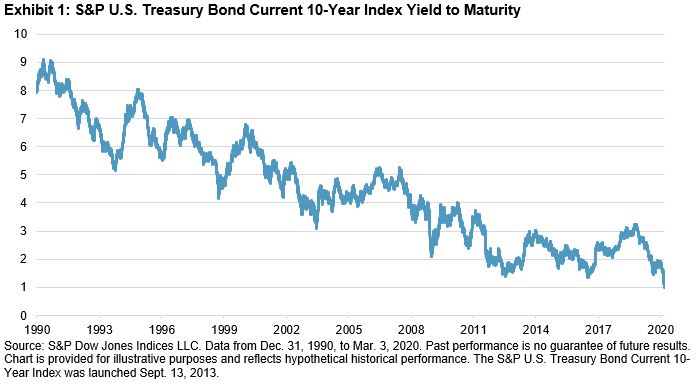An opportunity is knocking at the door of companies in Latin America. S&P Global published the Corporate Sustainability Assessment (CSA) Latin America Progress Report 2019, which revealed that, on average, Latin American companies only have one female director on their board of directors.
Reviewing the 125 constituents of the S&P Latin America LargeMidCap as of Dec. 31, 2019, we obtained similar findings.
 A recent study, When Women Lead, Firms Win, conducted by Daniel J. Sandberg, showed that firms with a high level of gender diversity on their board of directors have been more profitable than companies with a low level of gender diversity.
A recent study, When Women Lead, Firms Win, conducted by Daniel J. Sandberg, showed that firms with a high level of gender diversity on their board of directors have been more profitable than companies with a low level of gender diversity.
This result supports the inclusion of gender diversity as a relevant and important metric in CSA, an annual evaluation of companies’ sustainability practices in different dimensions. Gender diversity is evaluated through the Corporate Governance and Labor Practice Indicators outlined in the CSA.
S&P Dow Jones Indices uses S&P Global’s information to generate the S&P DJI ESG Scores, which focus on the most financially material and relevant ESG signals within specific industries. With these scores, S&P Dow Jones Indices designed the S&P ESG Index Series. This global series of indices provides improved ESG representation while offering a overall industry group weights similar to that of the respective benchmark.
One of the potential benefits of ESG indices is to have greater exposure to companies with above-average female representation on their board of directors. We found that the S&P Latin America Emerging LargeMidCap ESG Index has 18.7% more exposure to companies with at least 15% female representation on their boards, as compared with the S&P Latin America LargeMidCap (see Exhibit 2).
When it comes to the proportion of women holding management positions, the figures are even more striking. Only 5.5% of companies in the S&P Latin America LargeMidCap have more than 50% of management positions held by women. For the S&P Latin America Emerging LargeMidCap ESG Index, this number is 7.8%.
Out of 129[1] Latin American companies assessed through the CSA 2019 that reported their composition, 10.9% companies had more than 50% of women in management positions.

While the S&P Latin America Emerging LargeMidCap ESG Index shows increasing exposure to companies with female representation on their board of directors, the Latin American region has room to improve diversity further and, in doing so, potentially improve profitability.
[1] 53.52% of 241 companies assessed in the CSA 2019.
The posts on this blog are opinions, not advice. Please read our Disclaimers.


















































